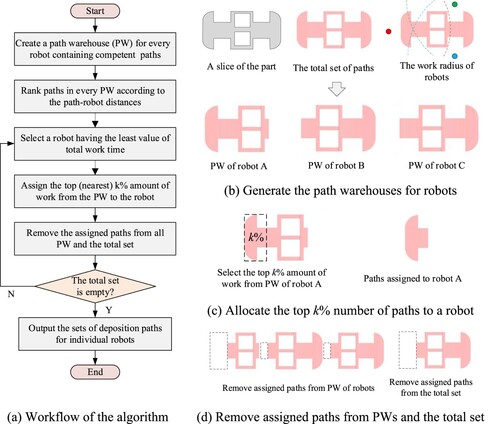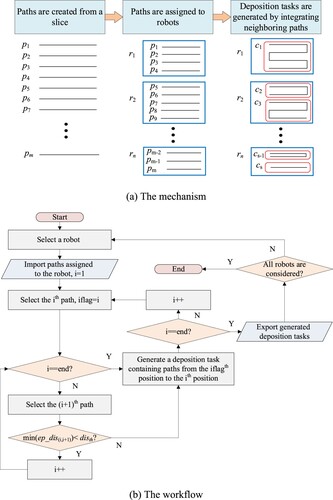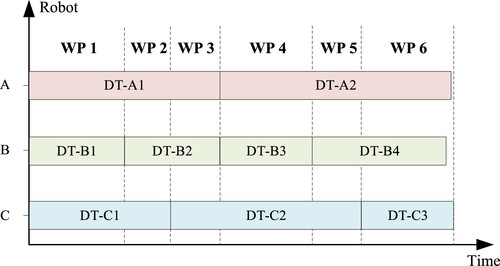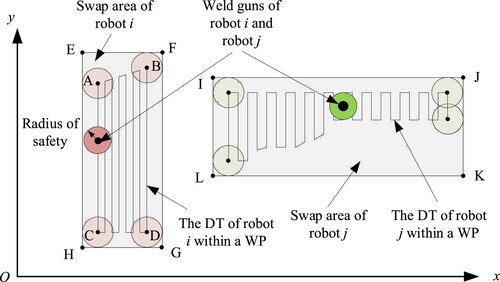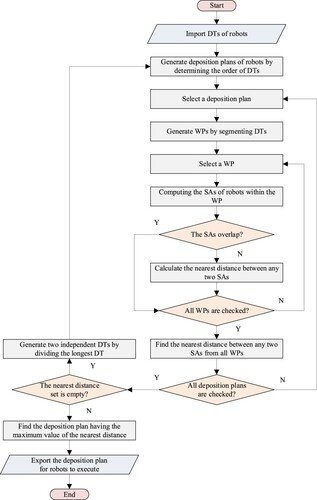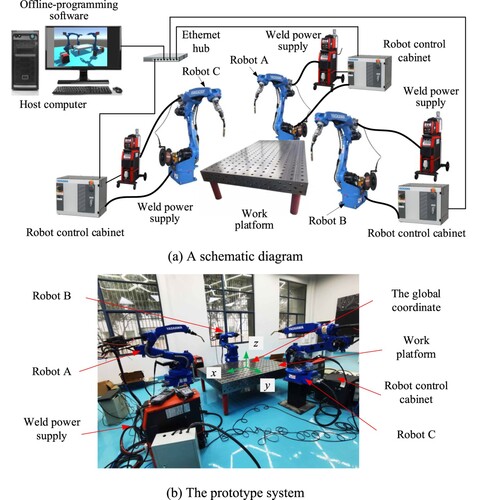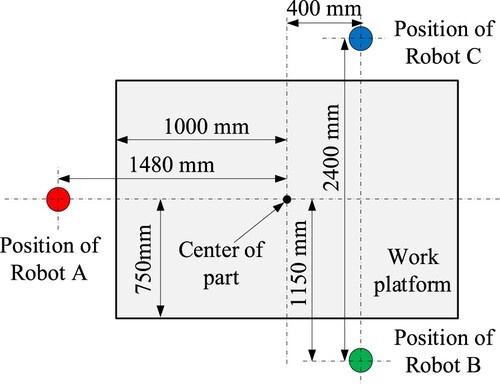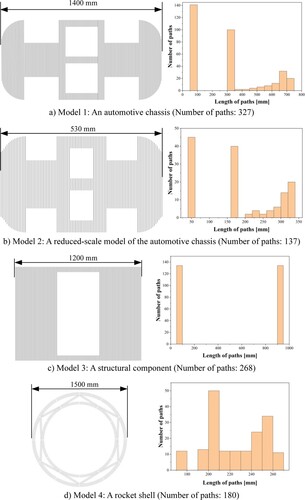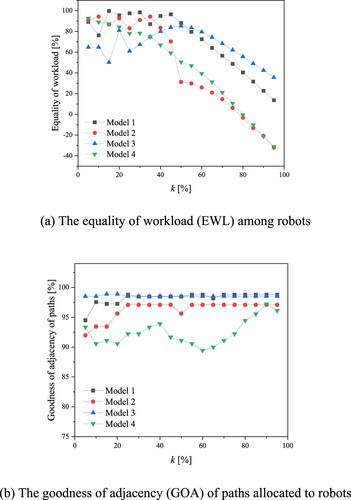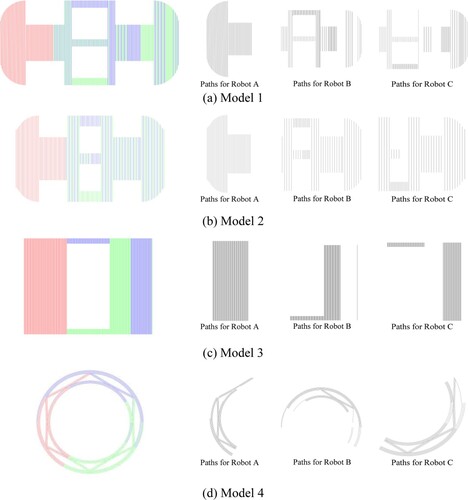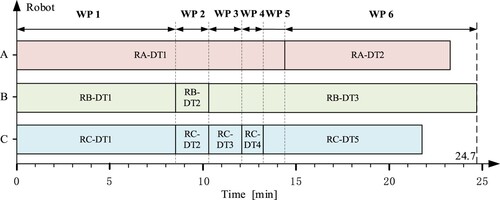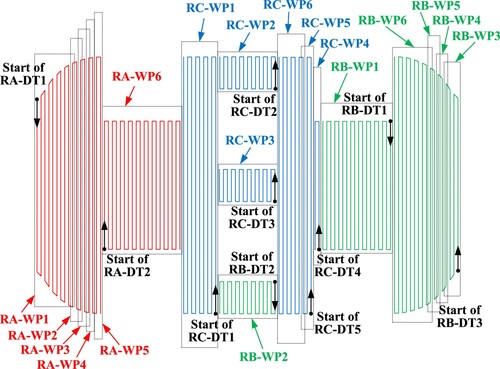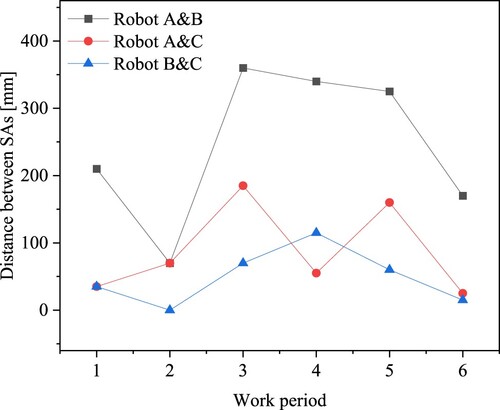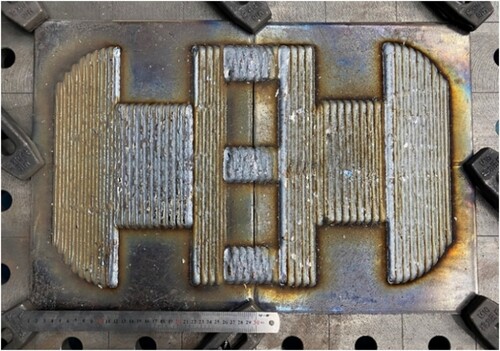Figures & data
Table 1. Chemical composition of substrate and fed-wire (wt.%).
Table 2. Parameters applied for experimental validation.
Table 3. Comparison between the two developed approaches.
Figure 18. The deposition plan scheduled using the strategy proposed by Bhatt et al. [Citation31].
![Figure 18. The deposition plan scheduled using the strategy proposed by Bhatt et al. [Citation31].](/cms/asset/2ea54b7f-5b17-414a-b73b-922d1579dc5a/nvpp_a_2300680_f0018_oc.jpg)
Figure 19. The deposition plan scheduled using the strategy proposed by Shen et al. [Citation33].
![Figure 19. The deposition plan scheduled using the strategy proposed by Shen et al. [Citation33].](/cms/asset/78da1fee-d355-4d0a-ac1f-41f913e44a98/nvpp_a_2300680_f0019_oc.jpg)
Table 4. Comparison of the proposed method with the state-of-the-art.
Data availability statement
The data presented in this study are available on request from the corresponding author.



